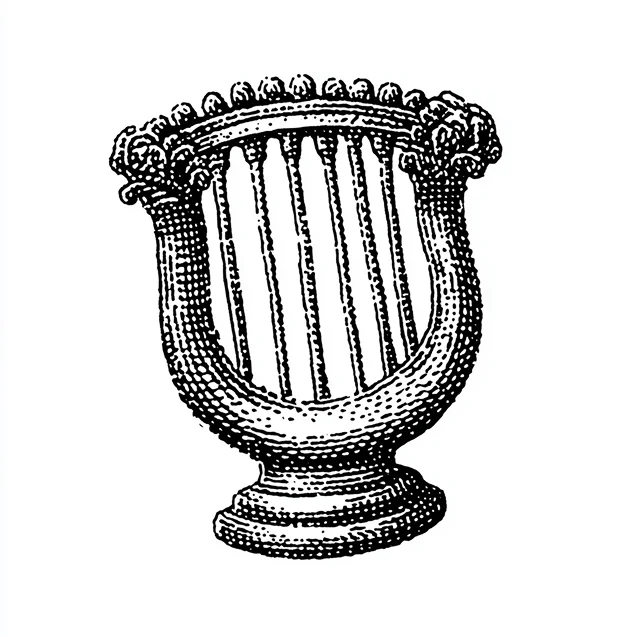What is a Roth conversion?
A Roth conversion is the process of moving money from a traditional IRA or 401(k)—both tax-deferred accounts—into a Roth IRA. The tradeoff? You pay income tax now on the amount converted. But from then on, that money grows tax-free and comes out tax-free in retirement.
Done right, a Roth conversion can be one of the best ways to take control of your lifetime tax bill—especially during years when your income dips or before required minimum distributions (RMDs) begin.
Why Consider a Roth Conversion?
Think of it this way: You’re pre-paying taxes now so you never have to worry about them again. No surprise tax bills in retirement. No RMD headaches. Just tax-free growth and withdrawals. Note: Pre-tax balances you keep will still have RMDs.
But here’s the bet you’re making—that the value of long-term, tax-free growth outweighs the taxes you’re paying today. For most people with more than 10 years until retirement, that’s often a no-brainer—especially if they’ve got the cash on hand to pay the tax bill out of pocket.
The ideal time? Low-income years. Maybe you’re going through a career change, heading to grad school, or haven’t hit your peak earning potential yet. That’s your window.
When Should You Do a Roth Conversion?
Consider a Roth conversion if you:
- Are in a lower tax bracket today than you expect to be in the future
- Want to reduce future RMDs
- Have room left in your current tax bracket (say, under the 24% marginal tax rate)
- Can pay the taxes now without dipping into your retirement account
- Have a long time horizon to let tax-free growth do its thing
What are Key Roth Conversion Rules?
The IRS doesn’t cap how much you can convert in a year—and there’s no income limit to do it. That’s what makes Roth conversions so powerful compared to regular Roth contributions (which do have income limits).
But just because you can convert any amount doesn’t mean you should.
A few key things to keep in mind:
- Every dollar you convert gets taxed as ordinary income.
- Convert too much, and you could bump yourself into a higher tax bracket.
- You’ll need to file Form 8606 to report your conversion—that’s critical to avoid double taxation.
Technically, you could convert your entire traditional IRA tomorrow. But the IRS treats it like income, so the more you convert, the more you pay in taxes. That’s why we usually recommend “filling up” your current tax bracket—not going over it.
What We Look for in Roth Conversion Candidates
Before we would recommend a Roth conversion for you, we’d evaluate:
- What’s your marginal tax rate today vs. the future? If you expect to be in a higher bracket later, converting now can lock in lower rates.
- Do you have room in your current tax bracket? We generally want to avoid pushing you into a higher tax bracket—especially if the marginal rate takes a big step up.
- Can you pay the taxes from savings? Paying from outside funds leaves more in the Roth to grow tax-free.
- Do you have a long enough time horizon? The longer the money stays in the Roth, the more it compounds tax-free and offsets today’s tax bill.
What are Common Roth Mistakes?
You’ll want to avoid:
- Converting too much and bumping into a higher tax bracket
- Using IRA funds to pay the tax bill (losing long-term growth potential)
- Forgetting to file Form 8606 for IRA-to-Roth conversions (not required for 401(k) rollovers), which can cause IRS confusion or even double taxation.
- Waiting too long to convert — once RMDs begin at age 73 or 75 (depending on your birth year), your options become more limited.
How a Roth Conversion Could Work
Here’s a hypothetical. Let’s say you’re 33, switching jobs, and making a lot less this year.
- You have $125K in a traditional IRA
- $0 in a Roth
- Your income this year is $50K—much lower than usual
Here’s a smart move:
- Convert $40K to a Roth IRA.
- You stay in a relatively low tax bracket.
- Pay taxes from savings.
- That $40K grows tax-free for 30+ years.
- You reduce future RMDs and avoid higher taxes later.
This scenario is especially common for people getting an MBA, founders in low-income startup years, or professionals between jobs.
Who’s a Fit for a Roth Conversion?
We typically recommend Roth conversions for:
1. People with Large Pre-Tax Retirement Balances
Why: Roth conversions can help manage future RMDs and spread the tax burden out over time.
2. Founders and Entrepreneurs
Why: Income varies wildly year to year. In a low-income year? That’s your conversion opportunity.
3. MBA or Grad Students
Why: Temporarily low or no income + long time horizon = massive compounding upside.
4. People in a Gap Year
Why: Whether it’s a sabbatical or job change, a lower-income year creates room to convert without a tax wallop.
5. Future High-Earners (Under a 24% Marginal Tax Rate and with a 10+ Year Horizon)
Why: If you’re in a modest tax bracket now and can pay the taxes from savings, the math often favors converting.
6. Early Retirees (before age 73)
Why: No earned income, but RMDs haven’t started yet. That’s prime time to fill low brackets.
Quick Answers: Roth conversion questions
"How much should I convert in one year?"
Generally, convert enough to "fill up" your current tax bracket without pushing into the next higher one. This maximizes the benefit while controlling the tax cost.
"Can I undo a Roth conversion if I change my mind?"
No. The ability to "recharacterize" Roth conversions was eliminated in 2018. Once you convert, it's permanent.
"Should I use IRA money to pay the conversion taxes?"
No. Pay taxes from other savings if possible. Using IRA funds reduces the amount that can grow tax-free and may trigger additional penalties.
"When is the deadline for Roth conversions?"
December 31st of the tax year. Unlike regular IRA contributions, you can't do conversions up until the tax filing deadline.
Can Titan help with Roth conversion planning?
Yes. If you're a Titan client considering Roth conversions, we can:
- Model different conversion scenarios to determine optimal amounts that maximize tax efficiency
- Coordinate conversion timing with your income fluctuations and other tax planning strategies
- Calculate the long-term benefit of paying taxes now versus later based on your specific situation
- Plan multi-year conversion strategies to systematically move money from traditional to Roth accounts over time
Roth conversions require careful tax planning and should be coordinated with your overall investment and retirement strategy.
Titan Can Walk You Through It
If you’re thinking about a Roth conversion, timing and tax awareness are everything. We walk clients through these decisions all the time and are happy to answer any questions you have.
Schedule a quick live chat. Or send us a note at ir@titan.com.
About Titan
Titan is a modern Registered Investment Advisor (RIA) helping high-earning professionals navigate complex money decisions. With a dedicated advisor and access to proprietary strategies and alternative investment options, we're your go-to wealth team for everything from RSUs to retirement. Learn more at www.titan.com.







